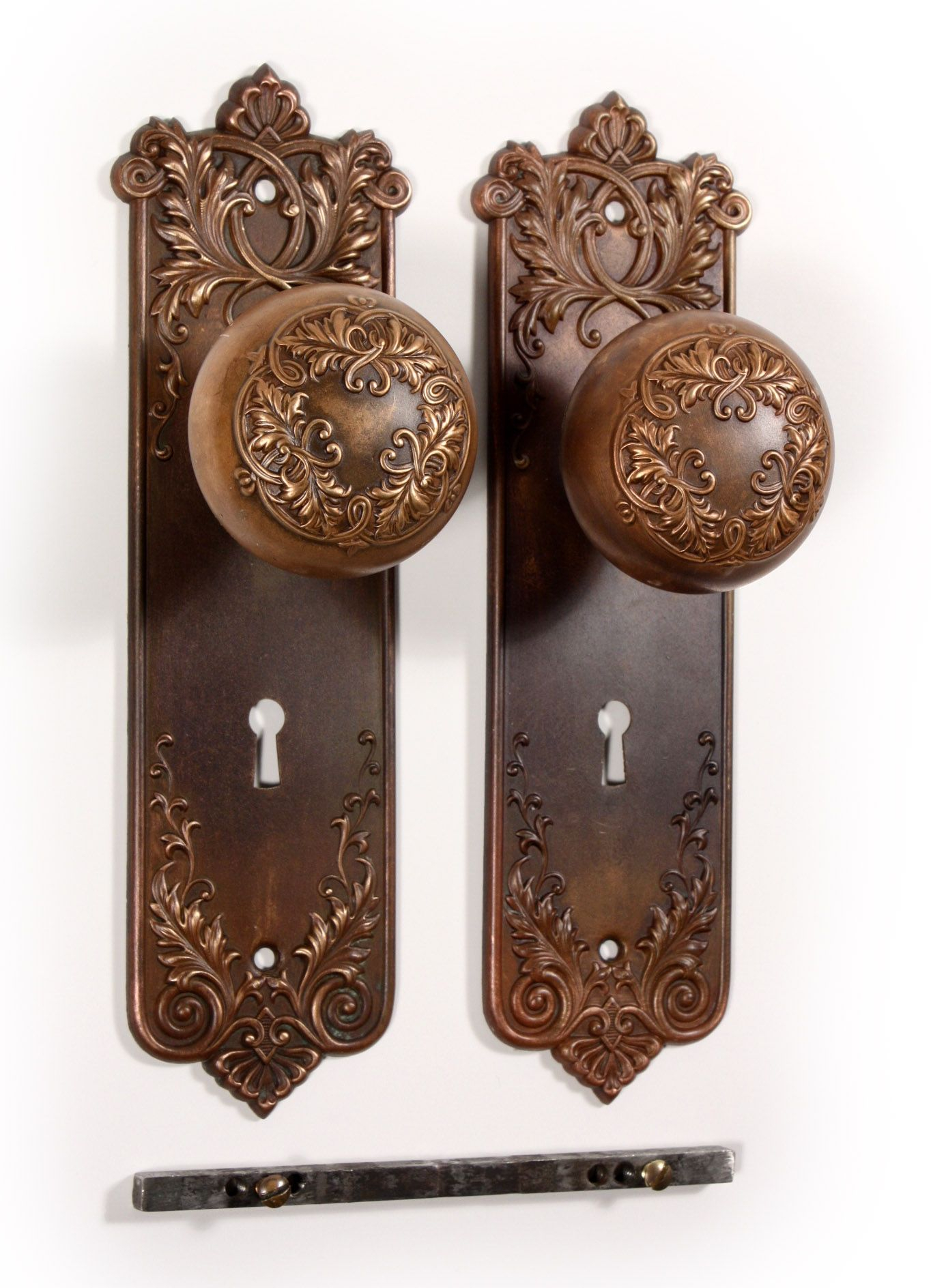A Timeless Touch: Unleashing the Charm of Old Door Knobs
In the ever-changing landscape of design, old door knobs stand as timeless treasures, imbued with a rich history and a captivating allure. These ornate relics whisper tales of bygone eras, adding character and a touch of nostalgia to modern settings. But as time takes its toll, these once-gleaming adornments may dull or succumb to wear and tear. Fear not, for with a little tender loving care, you can restore these antique door handles to their former glory, imbuing your home with a sense of both history and renewal.
Image: lifeonelizabeth.blogspot.com
Understanding Old Door Knobs: A Journey Through History
Door knobs have been an integral part of human civilization for centuries, evolving from simple wooden pulls in ancient Egypt to the intricate metalwork of the Victorian era. By the 19th century, doorknobs had become objects of artistic expression, crafted from a variety of materials including brass, iron, porcelain, and even glass. Each style and design reflects the aesthetic sensibilities and technological advancements of its time, from the elegant curves of Rococo to the geometric simplicity of Art Deco.
The Anatomy of a Door Knob: Demystifying Its Components
Before embarking on your restoration journey, it’s essential to understand the anatomy of a doorknob. Typically, a knob consists of three main components: the knob itself, the shank, and the rose or escutcheon. The knob is the part that you grasp to open the door, while the shank is the connecting piece that fits through the door and attaches to the latch mechanism. The rose or escutcheon, often decorative, covers the joint between the knob and the door’s surface.
Assessment and Diagnosis: Uncovering the Problem
Before attempting any repairs, it’s crucial to assess the condition of the doorknob and identify the underlying problem. Common issues include loose or wobbly knobs, sticking mechanisms, and damaged finishes. Carefully examine the knob, paying attention to any signs of wear or breakage. Check if the knob is securely attached to the shank and if the shank is properly connected to the latch mechanism. By diagnosing the problem accurately, you can tailor your restoration efforts accordingly.

Image: homemakerbarbi.com
Tightening Loose Knobs: Restoring Stability
Loose door knobs are a common problem, often caused by wear and tear or improper installation. Tightening them is a relatively simple task that requires only a few basic tools. Gather a screwdriver (Phillips or flathead, depending on the screw type) and tighten the set screws located on the side of the knob. Avoid overtightening, as this can damage the screw head or strip the threads. If the knob is still loose, you may need to replace the set screws or the entire knob assembly.
Fixing Sticking Mechanisms: Restoring Smooth Operation
Sticking doorknobs can be a nuisance, hindering smooth operation. To resolve this issue, you must lubricate the internal mechanism. Remove the knob from the door and apply a few drops of dry lubricant directly into the latch assembly. Avoid using oil-based lubricants, as they can attract dirt and grime, exacerbating the problem. If lubrication doesn’t solve the issue, the latch mechanism may need to be replaced.
Reviving Damaged Finishes: Restoring Beauty
Time and use can take their toll on the finish of a door knob. Rust, scratches, or discoloration can mar its once-pristine appearance. To restore the finish, you can use a variety of household items or commercial products. For light scratches or tarnish, a paste made of baking soda and water can be gently applied and buffed with a soft cloth. For more severe damage, you may need to use a metal polish or a specialized cleaner designed for the specific material of the knob.
Expert Insights: Seeking Professional Guidance
Sometimes, doorknob problems can be more complex, requiring the expertise of a professional. If you encounter any difficulties or the issue persists despite your efforts, it’s advisable to consult with a locksmith or a qualified handyman. They can provide expert diagnostics, recommend appropriate solutions, and ensure a safe and effective repair.
Actionable Tips for Maintaining Old Door Knobs: Preserving Their Charm
To ensure the longevity of your restored doorknobs, follow these simple tips:
- Regularly clean the knobs using a soft cloth and a mild cleaner to remove dirt and grime.
- Lubricate moving parts periodically to maintain smooth operation.
- Avoid using harsh chemicals or abrasive cleaners, as they can damage the finish.
- If the knob becomes loose or starts to stick, address the problem promptly to prevent further damage.
How To Fix Old Door Knobs
A Renewed Legacy: Embracing the Treasures of the Past
By following these steps, you can restore your old door knobs to their former glory, giving them a new lease on life. These revived relics will not only enhance the functionality of your home but also add a touch of timeless charm. Embrace the stories they hold, and let the restored doorknobs serve as a testament to the enduring beauty of the past and the joy of preserving it for the future.